Mt. Fuji, Japan’s iconic mountain, is just a few hours from Tokyo, making it an ideal day trip for exploring Japan's natural beauty. Bus tours are a popular way to visit, offering convenient access to scenic routes and seasonal experiences. These tours include stops at viewpoints, historical sites, and charming local attractions. Whether you prefer the hot springs of Hakone, the seasonal colors of Kawaguchiko, or the coastal views of Shizuoka, there's a Mt. Fuji tour for every traveler.
The Mt. Fuji & Hakone route is perfect for first-time visitors, combining the stunning views of Mt. Fuji with the hot springs and volcanic landscapes of Hakone. A highlight of this route is the ropeway ride to Owakudani, offering a breathtaking view of the volcanic valley, though Mt. Fuji is visible only on clear days. The tour often includes a visit to Hakone Shrine, famous for its Peace Torii Gate that appears to float on Lake Ashi—one of Japan’s most photographed spots.
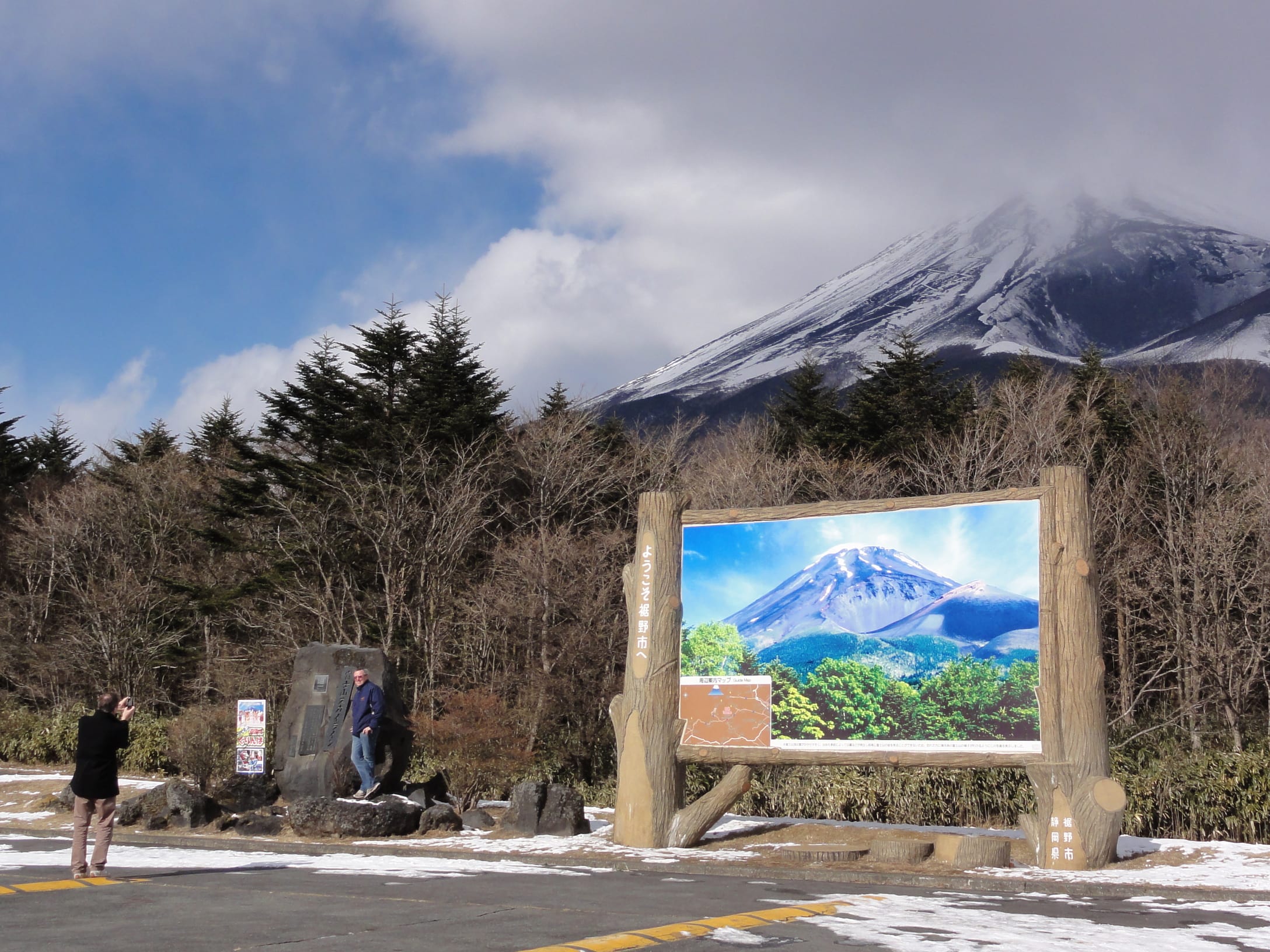
5th Station
The halfway point of climbing Mt. Fuji, offering panoramic views and the highest accessible point by vehicle.
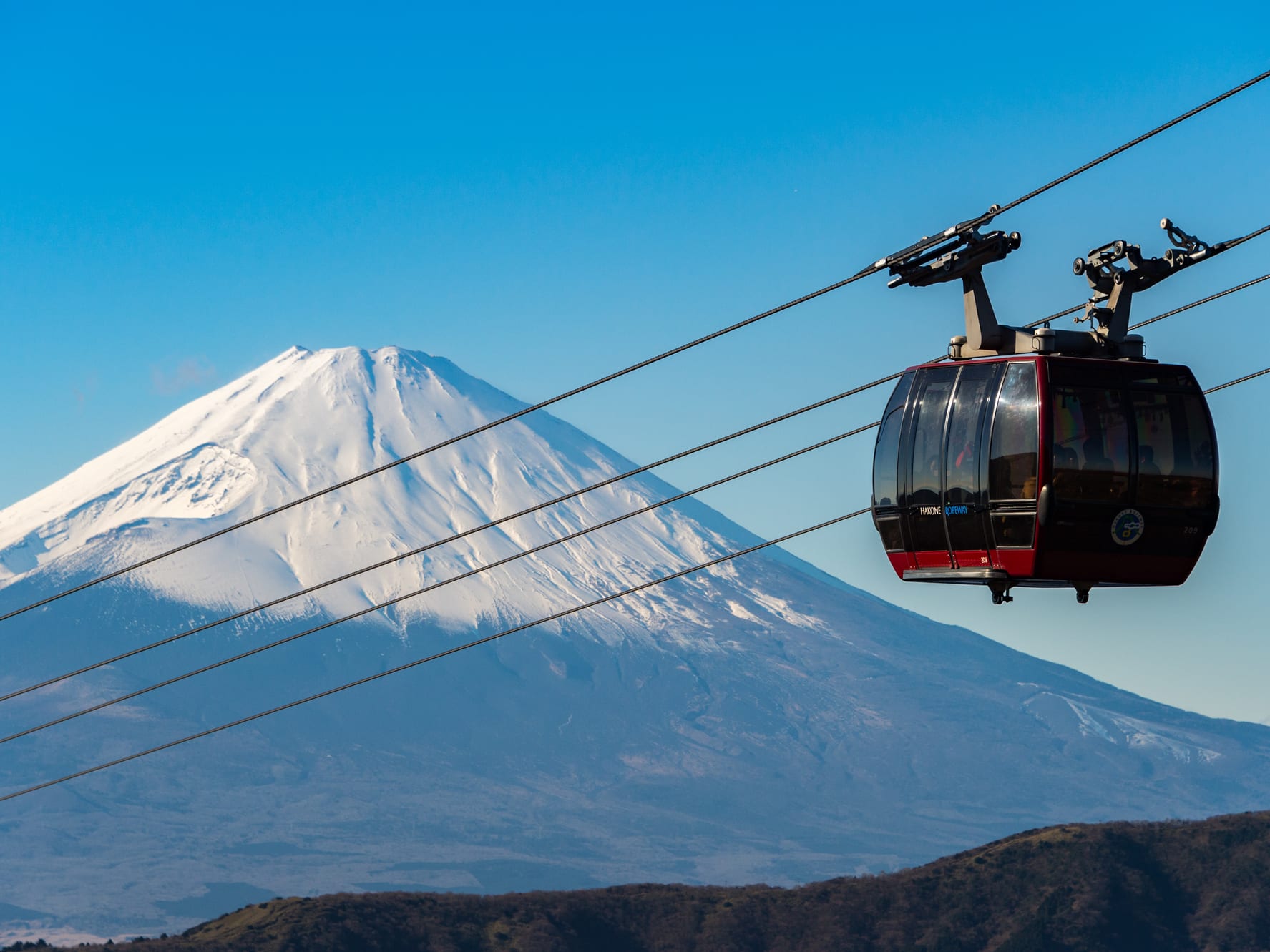
Hakone Ropeway
Provides stunning aerial views of the volcanic landscape and Lake Ashi.

Owakudani
A volcanic valley with active sulfur vents and hot springs, known for its black boiled eggs.
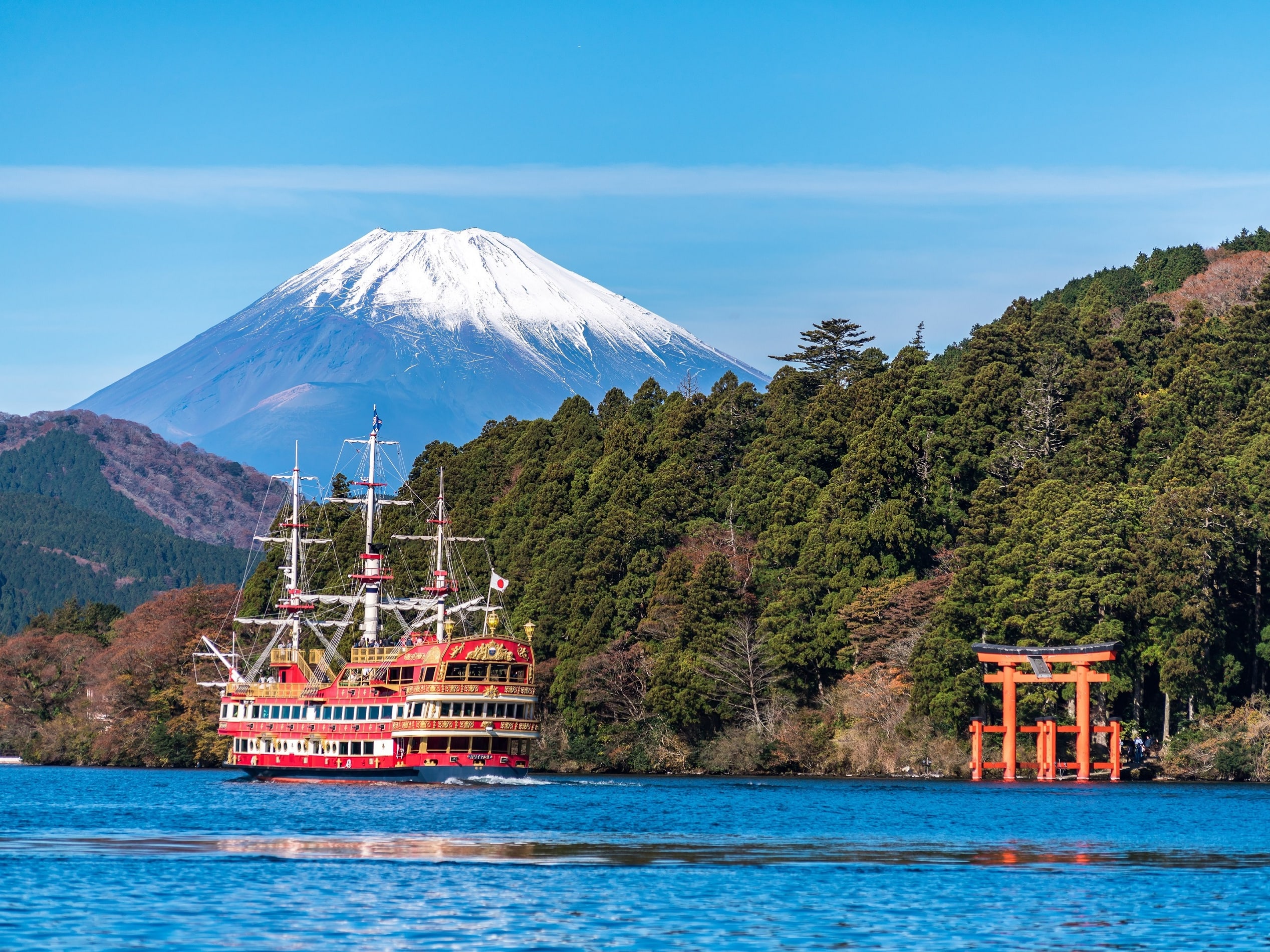
Lake Ashi Cruise
A scenic cruise offering views of Mt. Fuji and surrounding landscapes.
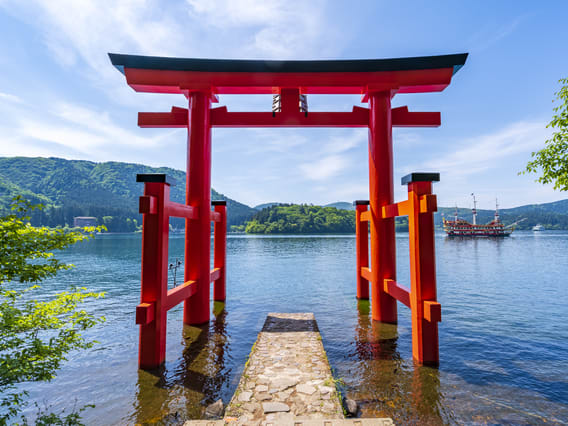
Hakone Shrine
Known for its iconic Torii gate and serene lakeside setting.
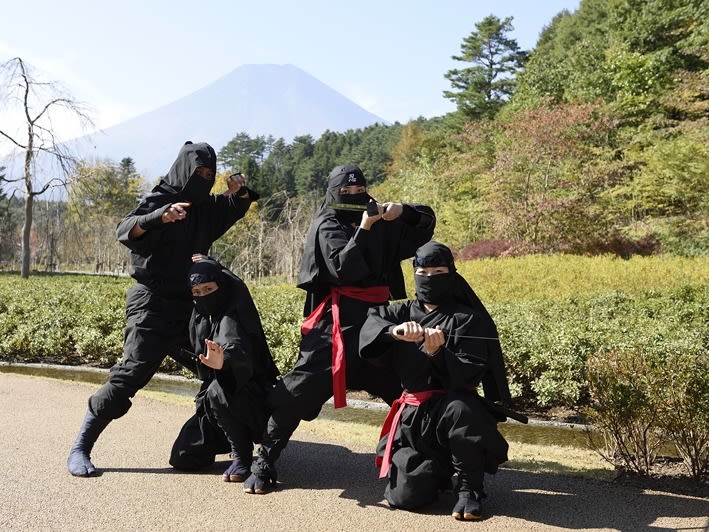
Oshino Ninja Village
A family-friendly spot with ninja-themed activities and views of Mt. Fuji.

Gotemba Premium Outlets
A large outlet mall with Mt. Fuji views, featuring international and local brands.
For travelers seeking seasonal beauty, Mt. Fuji & Kawaguchiko tours are ideal. The Kawaguchiko area is famed for its stunning displays of cherry blossoms, lavender, kochia, and maple leaves, depending on the season. These tours provide breathtaking views of Mt. Fuji framed by vibrant flora, making it a photographer’s paradise.

5th Station
The halfway point of climbing Mt. Fuji, offering panoramic views and the highest accessible point by vehicle.
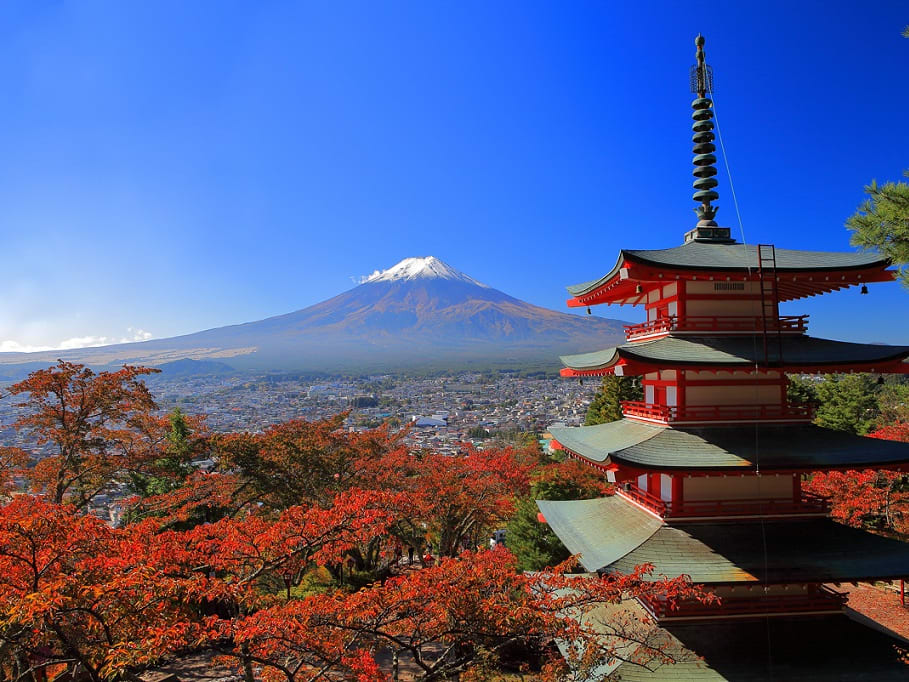
Arakurayama Sengen Shrine
Features a five-story pagoda and one of the most iconic views of Mt. Fuji, especially during cherry blossom season.

Oshino Hakkai
A traditional village with eight ponds fed by Mt. Fuji’s melting snow, known for its clear waters and picturesque scenery.

Oishi Park
A lakeside park known for its seasonal flowers and views of Mt. Fuji.

Kawaguchiko Craft Park
Offers craft workshops and beautiful lake views.

Saiko Iyashi no Sato Nenba
A reconstructed traditional village that showcases historical Japanese architecture and culture.
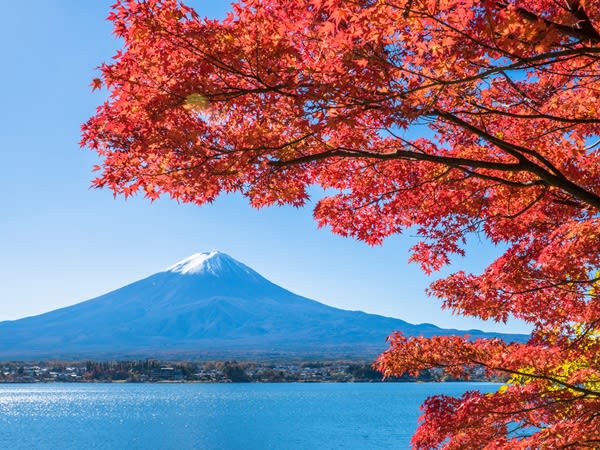
Lake Kawaguchi
The largest of the Fuji Five Lakes, ideal for lakeside walks and boat rides.

Gotemba Premium Outlets
Shop with Mt. Fuji as your backdrop.
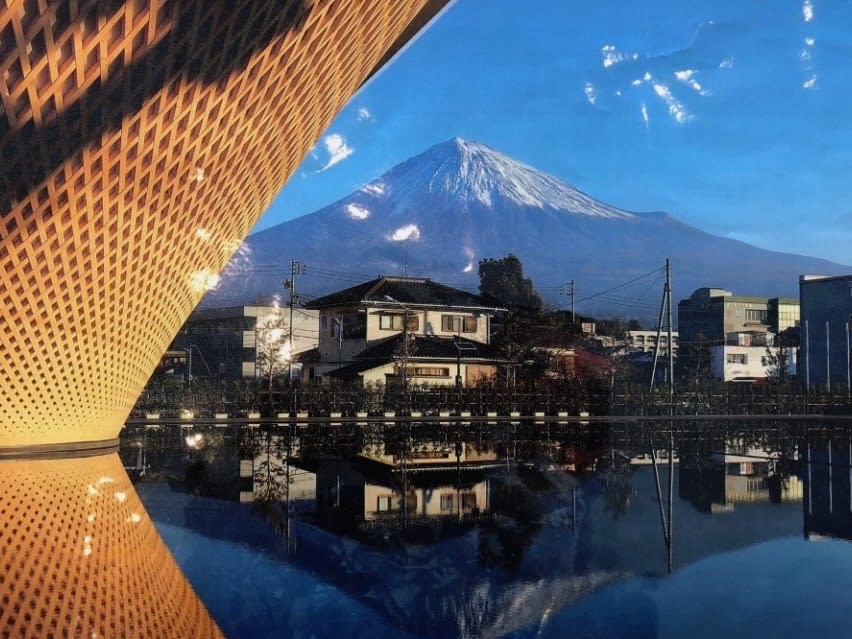
Fujisan World Heritage Center
Provides insights into the cultural and natural significance of Mt. Fuji.
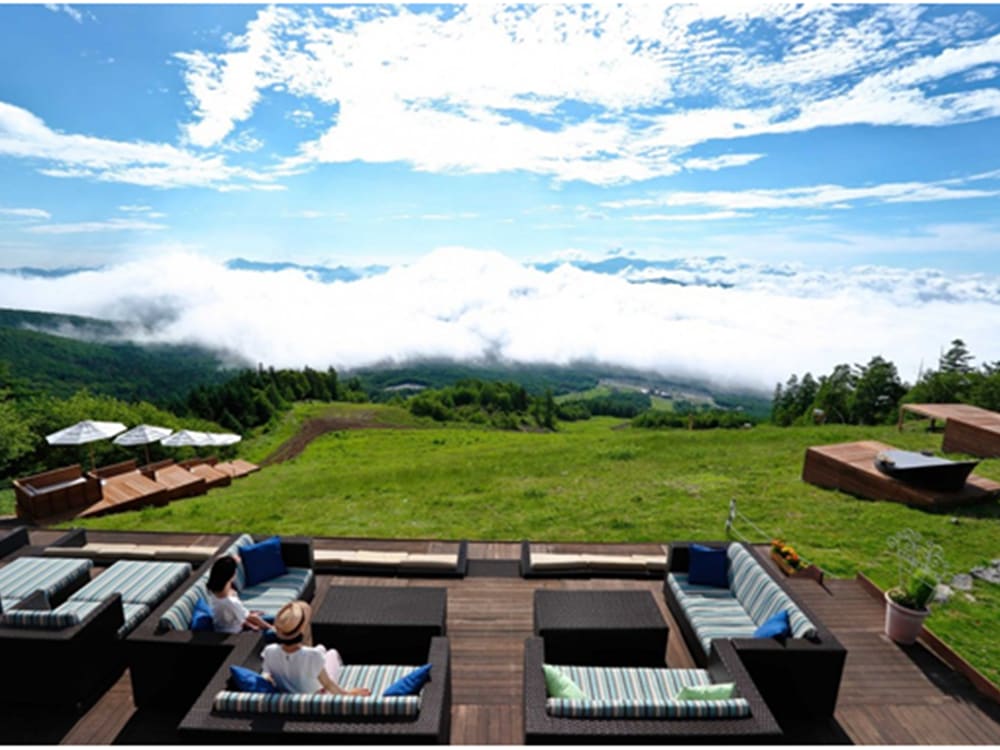
Kiyosato Terrace
A scenic spot with breathtaking views of the Yatsugatake Mountains and Mt. Fuji.
For those looking to explore the “backside” of Mt. Fuji, the Mt. Fuji & Shizuoka route offers a lesser-known, less crowded, and more local experience. Known for its beautiful coastal views and rich tea culture, this route allows visitors to experience a unique perspective of Mt. Fuji away from the typical tourist crowds.
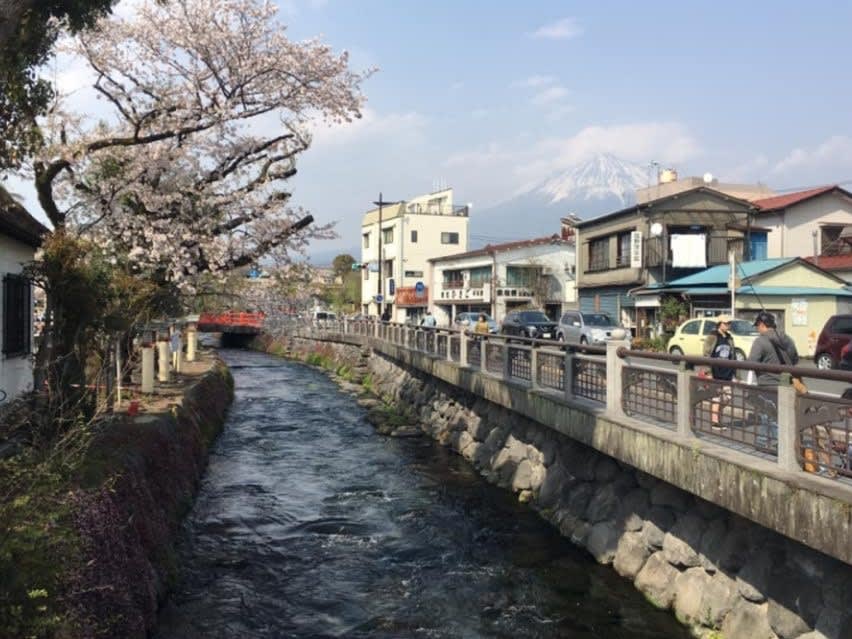
Fujinomiya
A city known for its access to the southwestern side of Mt. Fuji and historical sites.

Fujisan World Heritage Center
A cultural hub providing information about Mt. Fuji’s heritage and natural environment.
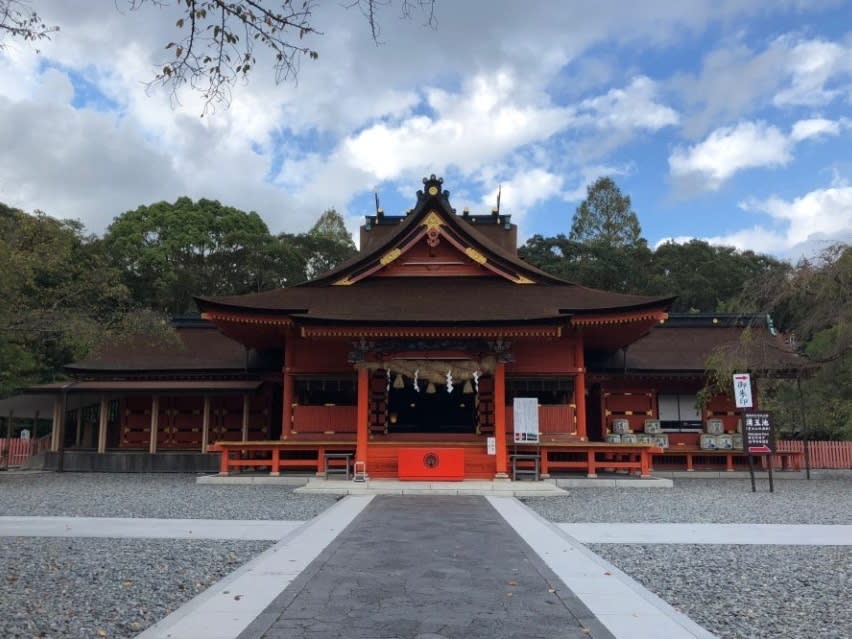
Fujisan Sengen Shrine
A shrine dedicated to the goddess of Mt. Fuji, with serene grounds and historical significance.

Mt. Omuro
A relatively low mountain whose summit and crater are accessible via a scenic chairlift. The crater can be circled on foot in about 30 minutes, offering panoramic views of the surrounding area.
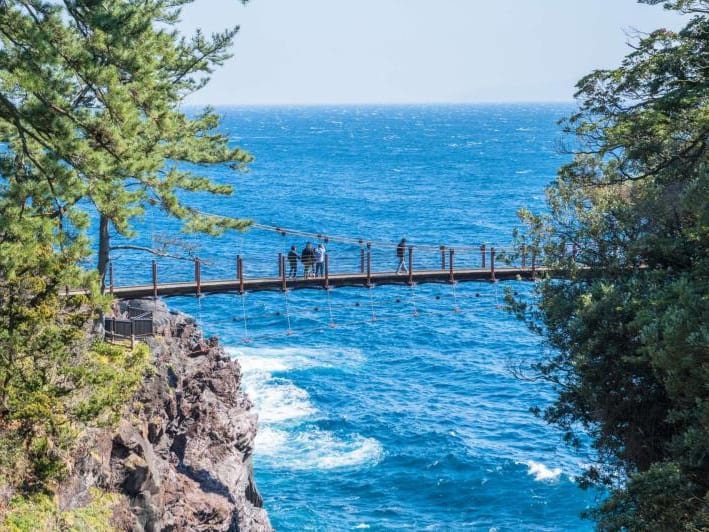
Jogasaki Coast
A rugged coastline with scenic hiking trails, including a suspension bridge that offers stunning ocean views.
- Bring a light jacket if your tour includes a stop at the 5th Station of Mt. Fuji, as temperatures can be significantly cooler there.
- Wear comfortable walking shoes, especially for tours that include hiking or exploring shrines and parks.
- Be prepared for potential delays due to traffic, especially on weekends and holidays, and plan your schedule accordingly.
- Always carry some cash, as some attractions and local shops may not accept credit cards.
- Book in advance during peak seasons like cherry blossom (April) and autumn foliage (November) for the best availability.
Can Mt. Fuji be a day trip from Tokyo?
Yes, Mt. Fuji is a perfect day trip from Tokyo, with most tours taking around 8-10 hours. Bus tours offer a convenient way to visit multiple attractions in a single day.
What is the best tour for Mount Fuji?
The best tour depends on what you want to experience. For hot springs and volcanic activity, choose the Mt. Fuji & Hakone route. For seasonal views of cherry blossoms, lavender, and maple leaves, go for Mt. Fuji & Kawaguchiko. If you prefer a more local, less crowded experience, Mt. Fuji & Shizuoka tours are ideal.
What are the best months to go to Mount Fuji?
The best months to visit Mt. Fuji are from October to February for clear views, while April offers cherry blossoms and November showcases autumn foliage. Summer months (July and August) are ideal for climbing but tend to be crowded.
What is the most budget-friendly tour?
Are there any customizable tours?
Yes, customizable tours are available, including private Mt. Fuji tours. For more information, visit our Private Mt. Fuji Tours.





















